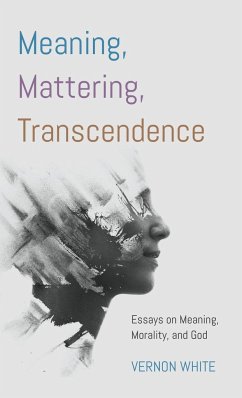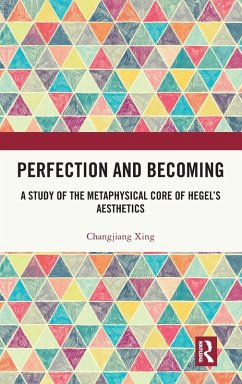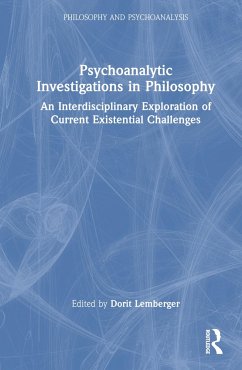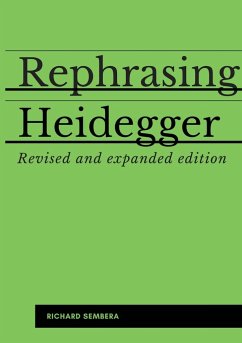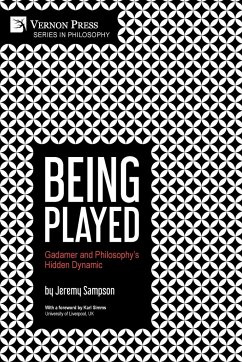
George Oliver
Gebundenes Buch
George Oliver Masonic Writings
Versandkostenfrei!
Versandfertig in 1-2 Wochen

PAYBACK Punkte
11 °P sammeln!




One of the most distinguished and learned of English freemasons, Rev. George Oliver D.D. is remembered as a laborious antiquary and author on both masonic and ecclesiastical themes. We respect the insights and wisdom of George Oliver. This book is created with a special hand-drawn portrait of him, compilation of George Oliver's less well known, but noteworthy Masonic Writings in his lifetime.
Bro. George Oliver was initiated in 1801 at age 18 (by dispensation due to age) by his father, The Rev. Samuel Oliver, in Saint Peter's Lodge No. 442 in the city of Peterborough, he entered Holy Orders in the Church of England in1813, and in 1835 the Archbishop of Canterbury conferred upon him the degree of Doctor of Divinity. He read with great attention every Masonic book he could obtain, and began to collect a store of knowledge which he afterward used with so much advantage to the Craft. In 1829, he edited a new edition of William Preston's "Illustrations of Masonry. "His own first contribution to the literature of Freemasonry was a work titled "The Antiquities of Freemasonry" and was published in 1839. His next work titled "The Star in the East", intended to show, from the testimony of Masonic writers, the connection between Freemasonry and religion. In 1841 he published his 12 lectures on "The Signs and Symbols of Freemasonry", in which he went into learned detail of the history and signification of all the recognized symbols of the Order. This was followed by 12 lectures on "The History of Initiation", comprising a detailed account of the Rites and Ceremonies, Doctrines and Discipline, of all the Secret and Mysterious Institutions of the Ancient World. The professed object of the author was to show the resemblances between these ancient systems of initiation and the Masonic, and to trace them toa common origin - a theory which, under some modification, has been very generally accepted by Masonic scholars. His "Institutes of Masonic Jurisprudence" , was a book in which he expressed views of law that did not meet with the universal concurrence of his English readers. Besides these elaborate works, Doctor Oliver was a constant contributor to the early volumes of the London Freemasons Quarterly Review, and published a valuable article, on the Gothic Constitutions, in the American Quarterly Review of Freemasonry. It seems the great error of Doctor Oliver, as a Masonic teacher, was a too easy credulity or a too great warmth of imagination, which led him to accept without hesitation the crude theories of previous writers, and to recognize documents and legends as unquestionably authentic whose truthfulness subsequent researches have led most Masonic scholars to doubt or to deny. In 1815 Oliver became a member of the Ancient & Accepted Rite in England and in 1845 was promoted by the SC of England to the 33rd Degree and in the same year was appointed Lieutenant Grand Commander, being advanced in 1850 to the highest dignity, that of Most Puissant Sovereign Grand Commander. In 1846 the Grand Lodge of Massachusetts conferred upon him the honorary rank of Deputy Grand Master.
Produktdetails
- Verlag: Athenaia, LLC
- Seitenzahl: 200
- Erscheinungstermin: 14. April 2024
- Englisch
- Abmessung: 235mm x 157mm x 15mm
- Gewicht: 448g
- ISBN-13: 9798885560511
- Artikelnr.: 70417378
Herstellerkennzeichnung
Libri GmbH
Europaallee 1
36244 Bad Hersfeld
gpsr@libri.de
Für dieses Produkt wurde noch keine Bewertung abgegeben. Wir würden uns sehr freuen, wenn du die erste Bewertung schreibst!
Eine Bewertung schreiben
Eine Bewertung schreiben
Andere Kunden interessierten sich für






